Stojana Ljubića 2
Stojana Ljubića 2
Welcome to the archeological site of Justiniana Prima located on the slopes of Radan Mountain. It is 29 km far from Leskovac city. Erected on a rocky plateau at the delta of Caričinska and Svinjarička River, this site is identified with the Roman city by the endowment of Emperor Justinian I-Justinian Primus. During the 6th century, Emperor Justinian was one of the most significant ancient city in the Peninsula of Balkan. The city was the capital of the church archdiocese and the Illyricum prefecture. The Justiniana Prima was proclaimed as a cultural monument in 1949, and in 1979 as a monument of exceptional importance.
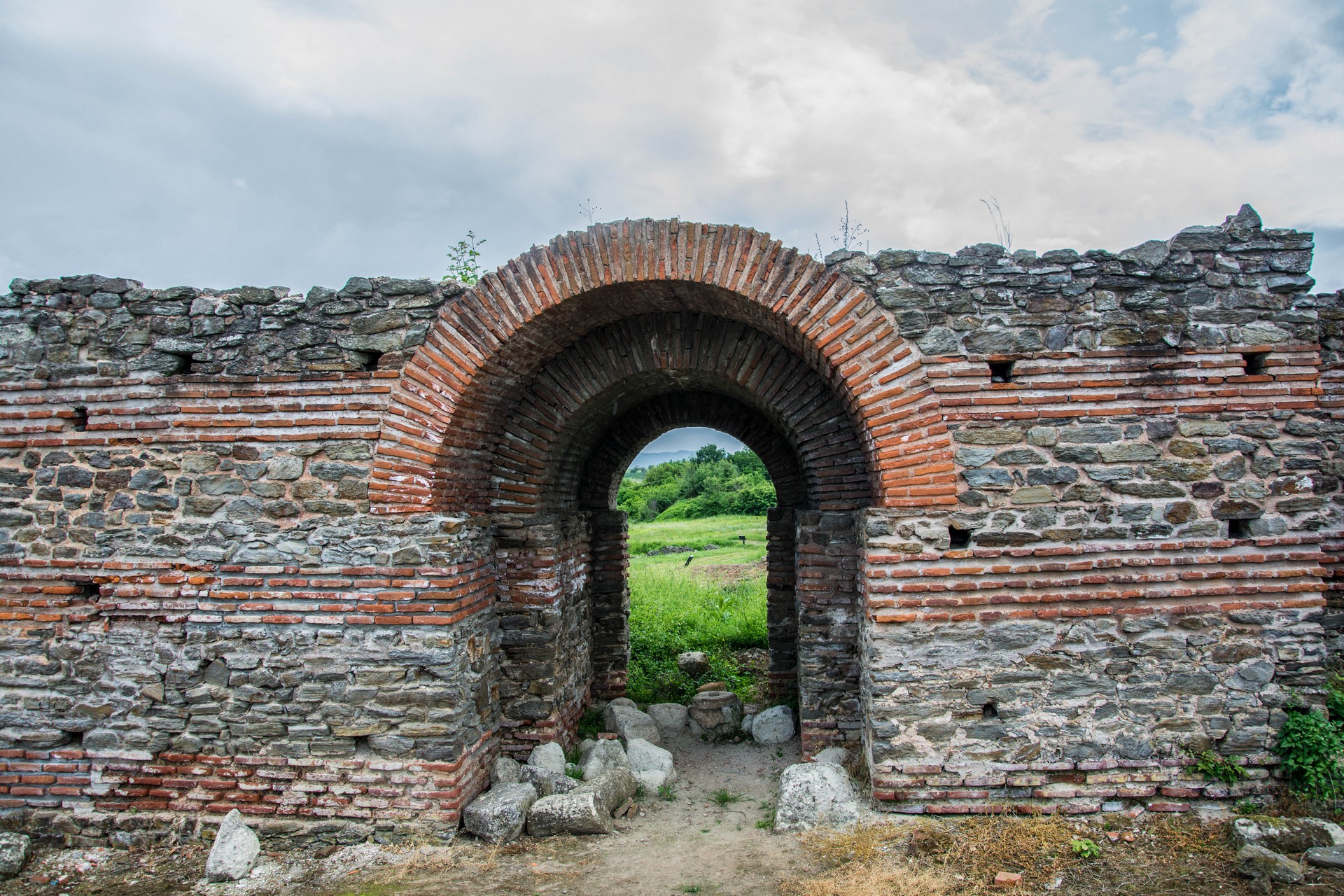

The archaeological site of Justiniana Prima is located on the slopes of the Radan mountain near Lebane. The remains of one of the largest and most important late-Roman cities within the Balkan interior were discovered at this site. The site’s material findings indicate that this city was built in the...
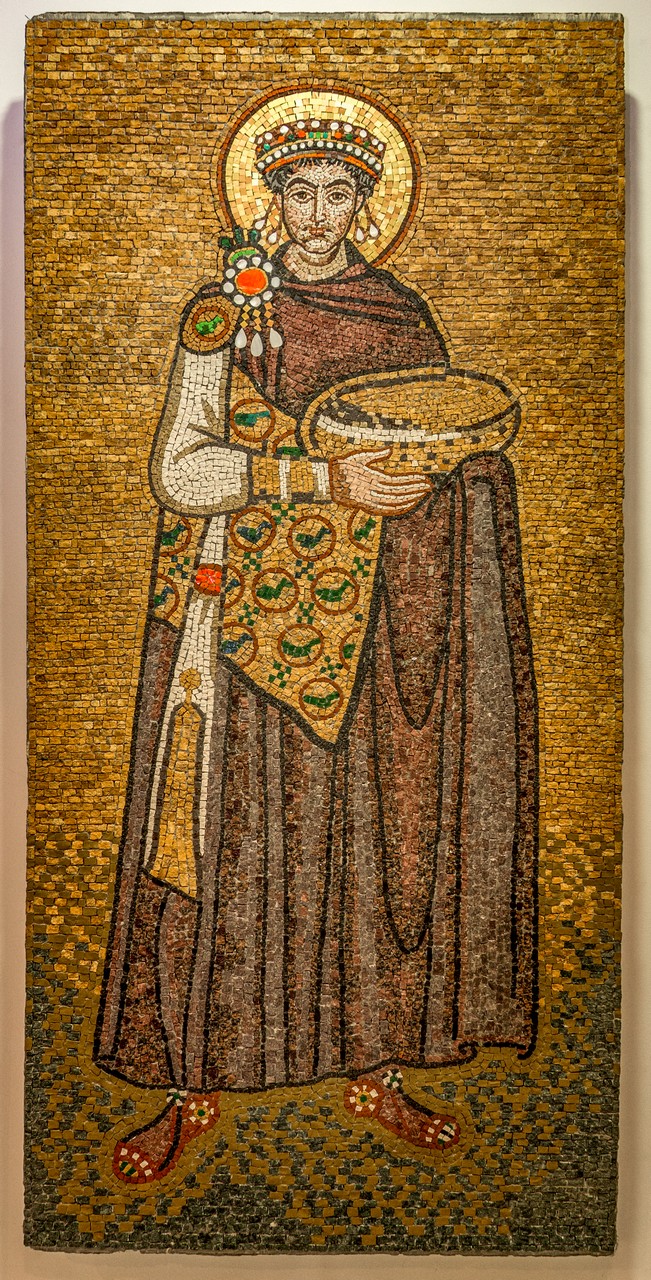
Justinian I was the first Roman emperor born on the territory of Serbia. He was born in about 480 in the village of Tauresium. He reformed Roman laws and enacted a series of laws known today as the Roman Law. He built and renovated several hundred cities and forts, amongst...
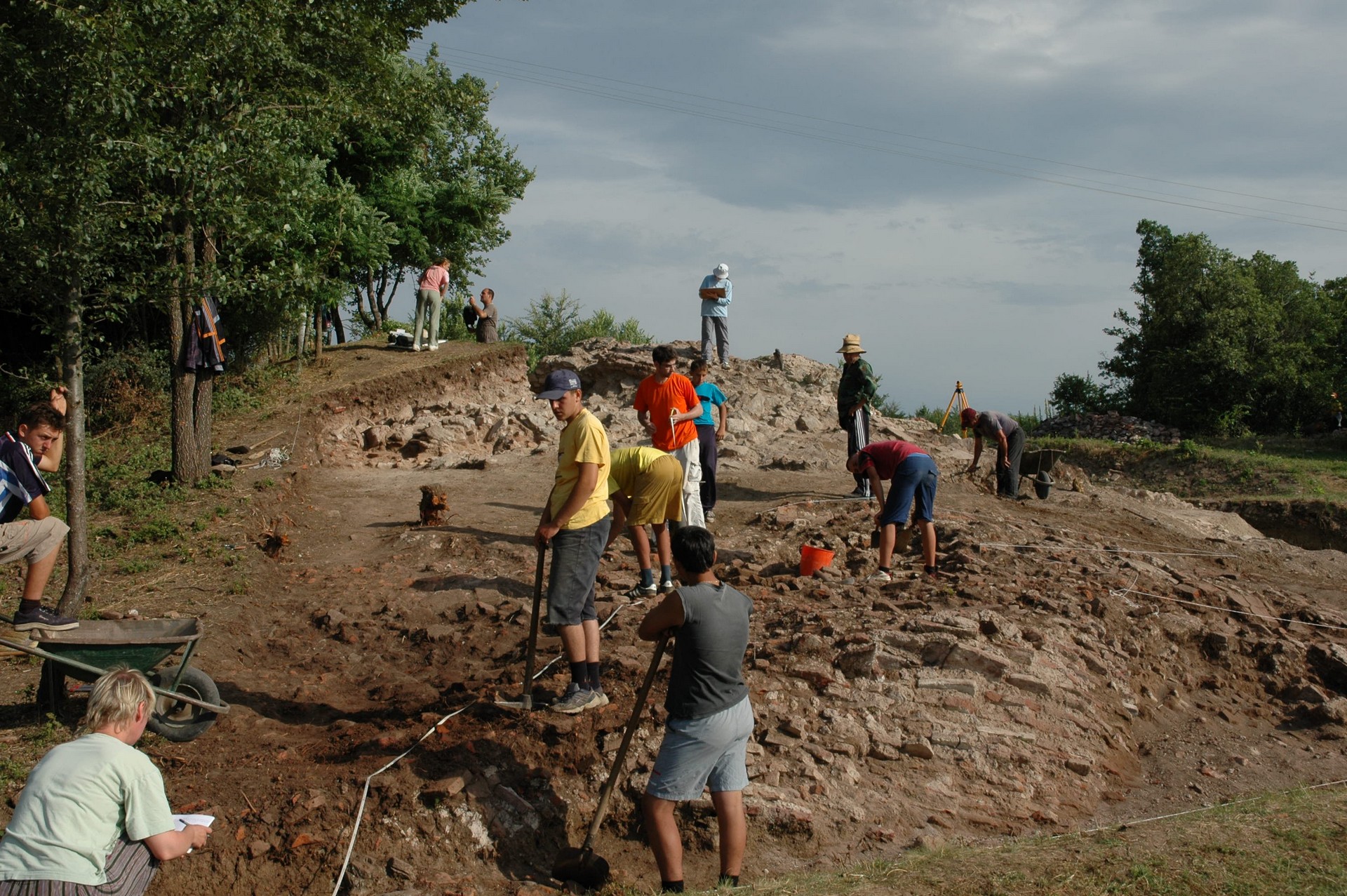
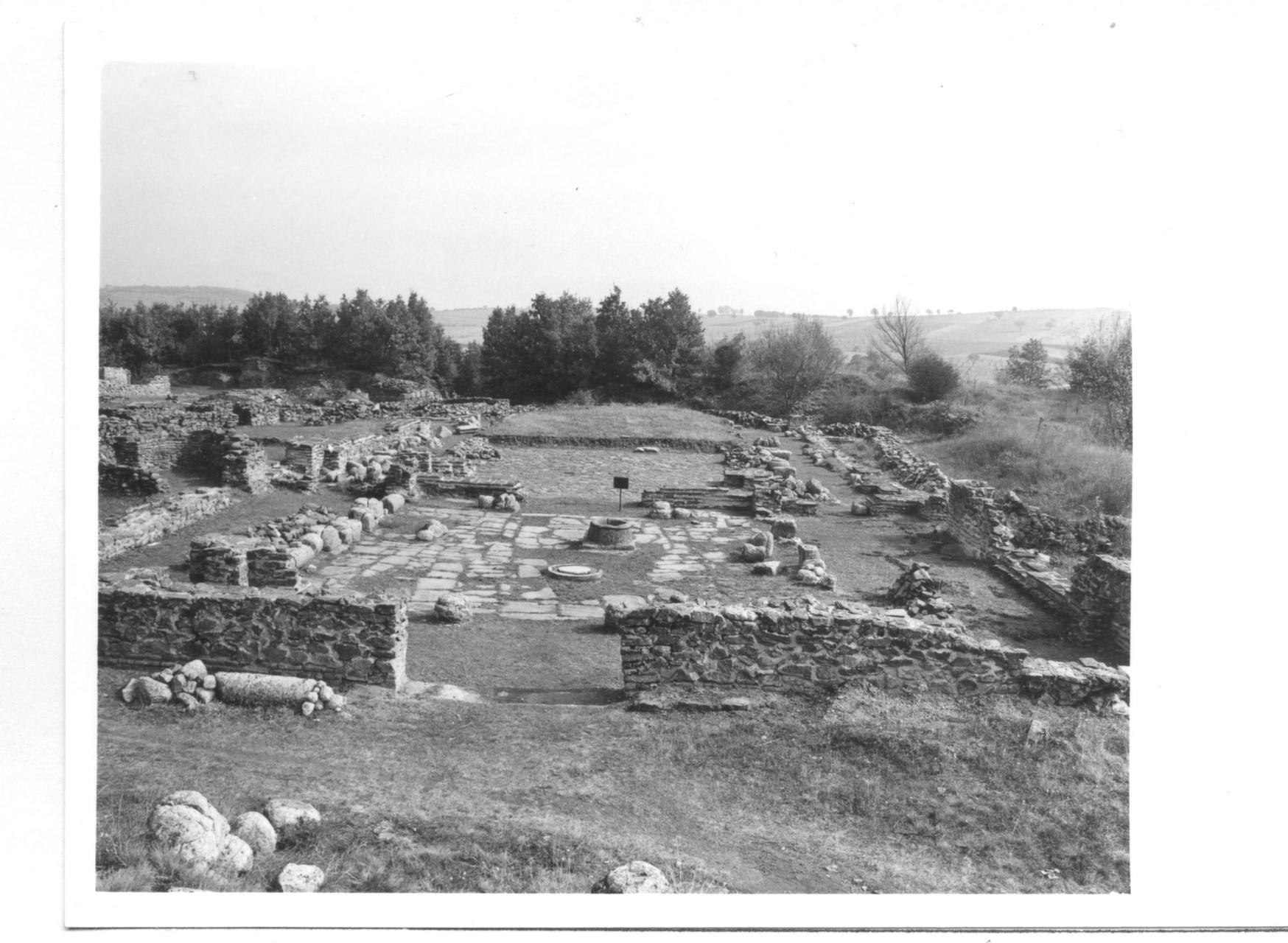

The first descriptions of the ruin of Justiniana Prima were made by Mita Rakić in 1880 in the newspaper “Homeland”. The excavation of Justiniana Prima began in 1912 under the supervision of the archeologist Vladimir Petković. Owing to the fact that it hadn’t been settled on again after being abandoned,...
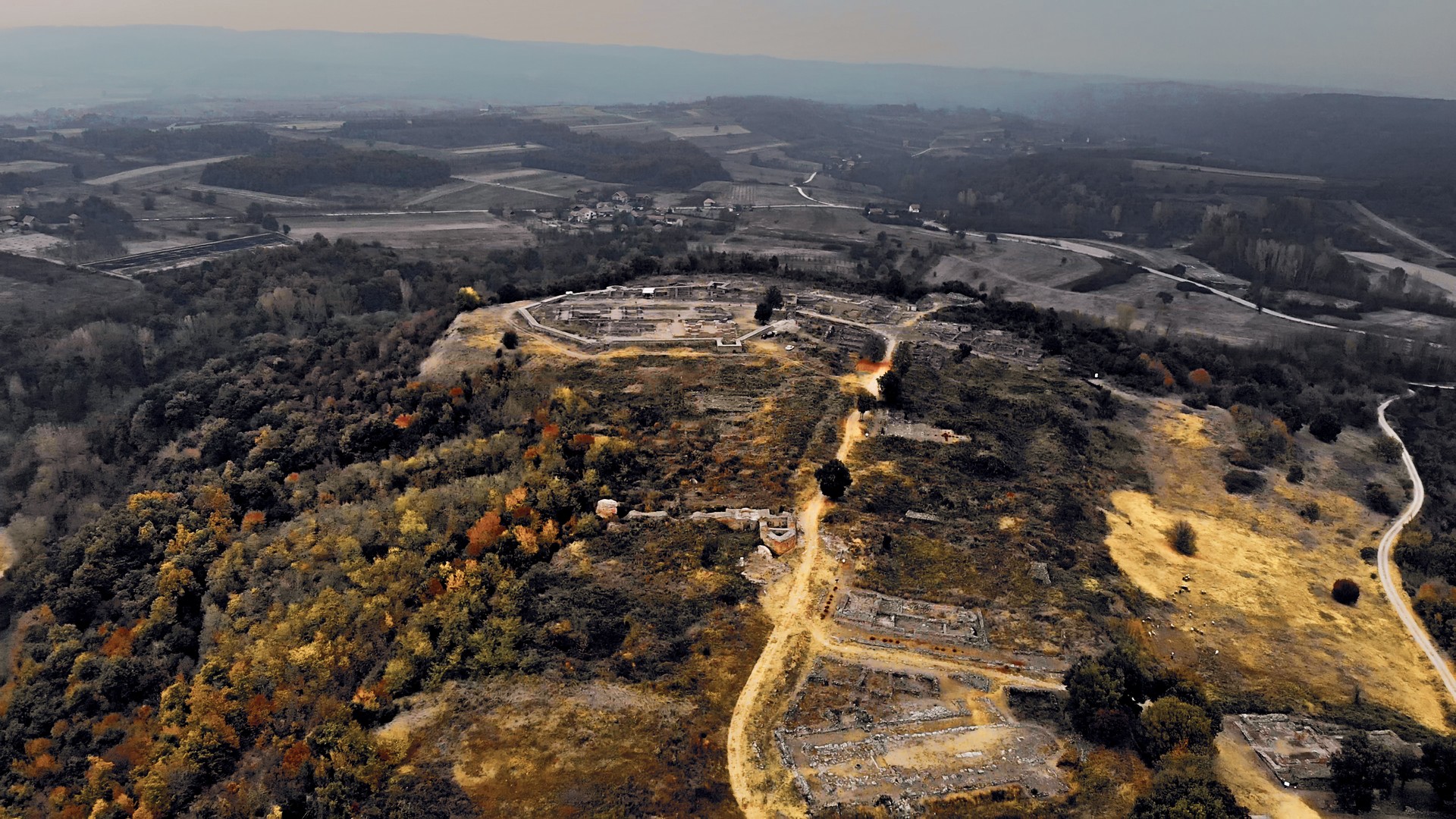
The settlement of Justiniana Prima was built on a raised and elongated plateau between two rivers, the Svinjarica river in the West and the Justinian river in the East. The fortress was divided into three parts: the Acropolis, the Upper and Lower city. Each part was surrounded by ramparts with...
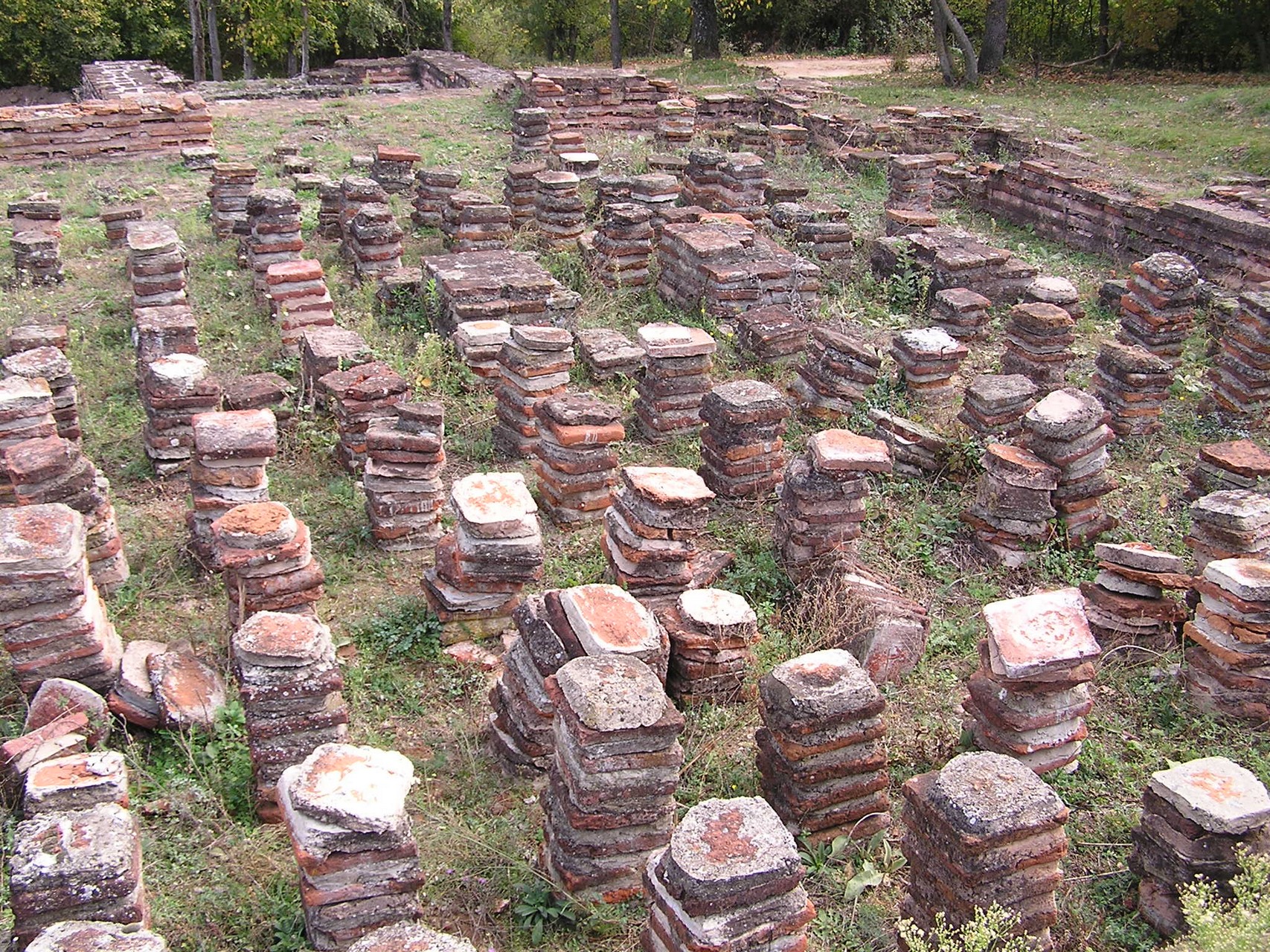 OLYMPUS DIGITAL CAMERA
OLYMPUS DIGITAL CAMERA
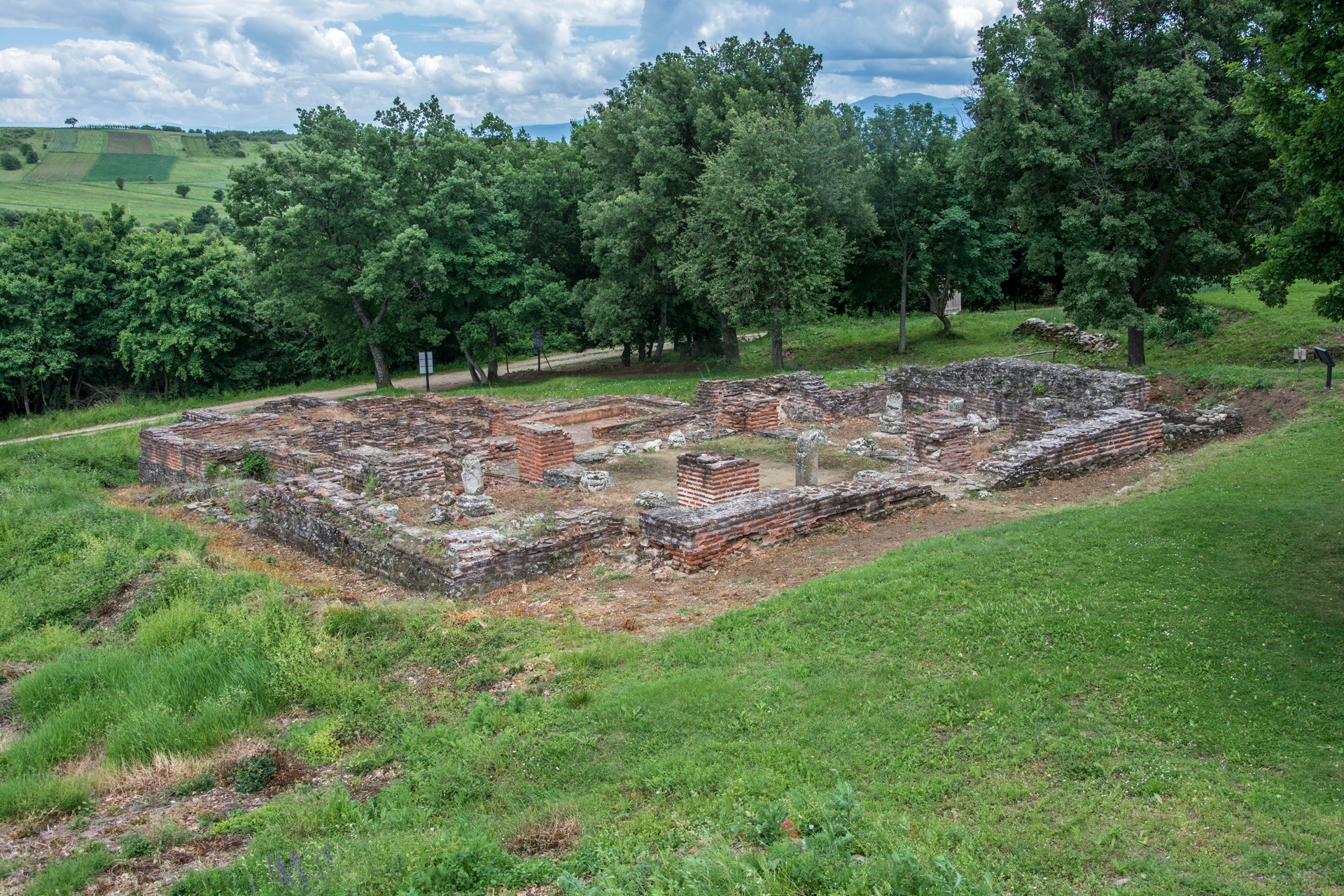
Thermae (spa) are public baths in the Roman empire. In addition to their basic function as baths, social life plays out in the Thermae. Thermae in the Justiniana Prima have three parts, a changing room and rooms for cold and for hot bathing.
 DCIM102MEDIADJI_0057.JPG
DCIM102MEDIADJI_0057.JPG
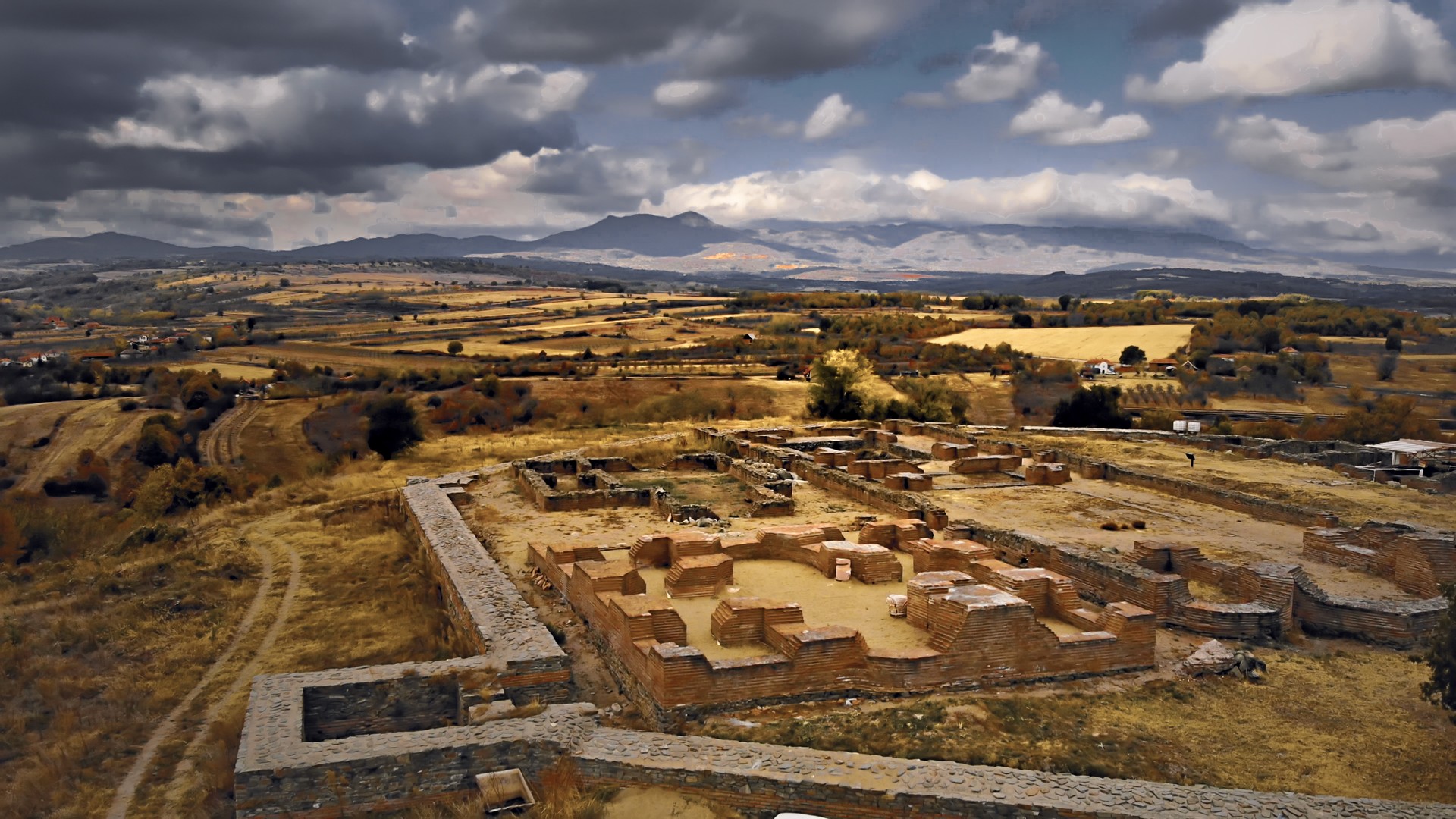
The acropolis is a part of the city enclosed by ramparts with a horse-shoe-shaped and rectangular watchtower. In Justiniana Prima the Acropolis represents the highest point of the city. The acropolis was purpose-built as the seat of the church authorities. In the Acropolis were found the remains of great religious...
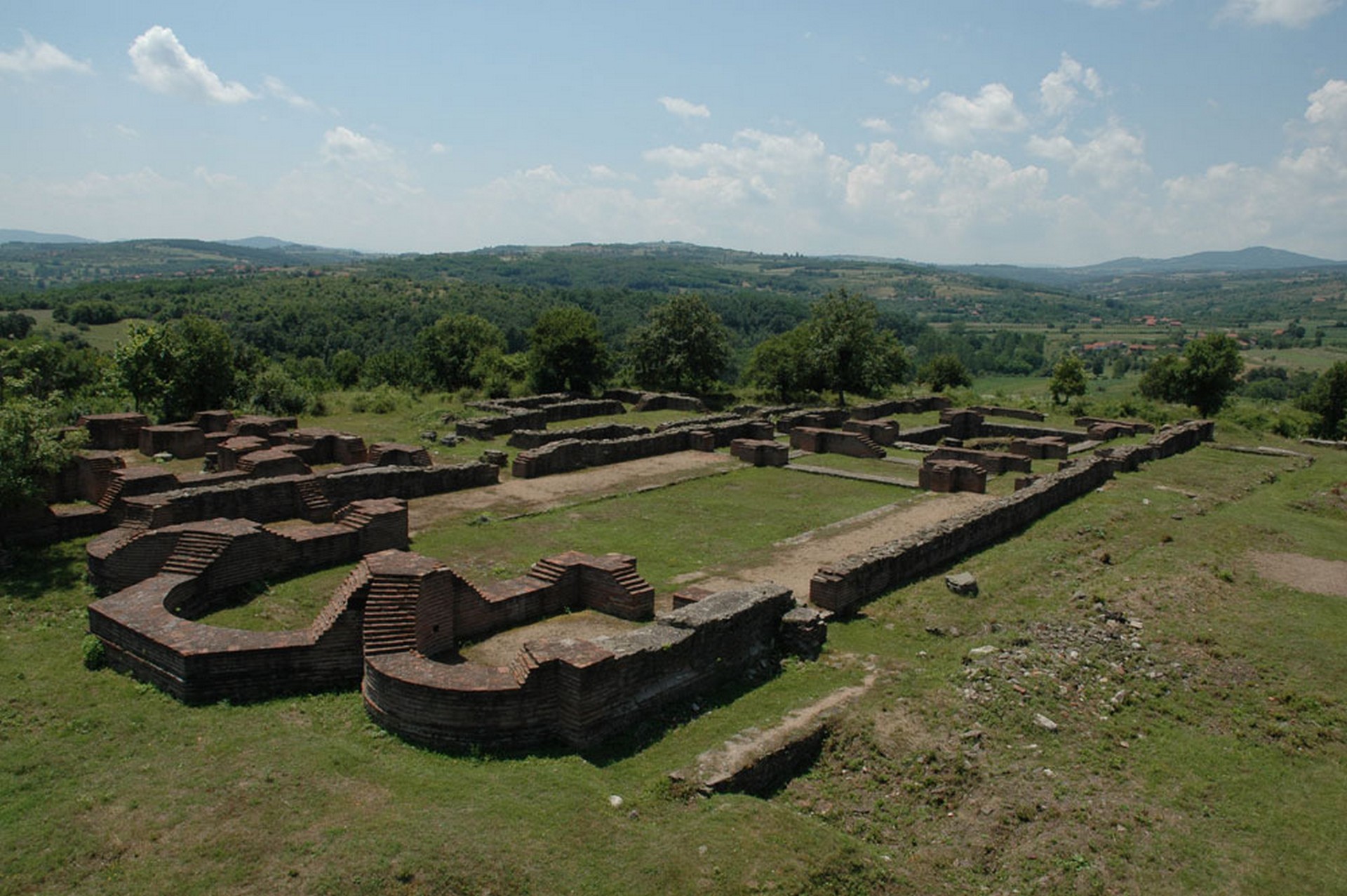

The episcopal basilica is the biggest church in Justiniana Prima. It was built inside the Acropolis. The episcopal basilica is a large three-nave church. To the south, is a large font attached to the porch.
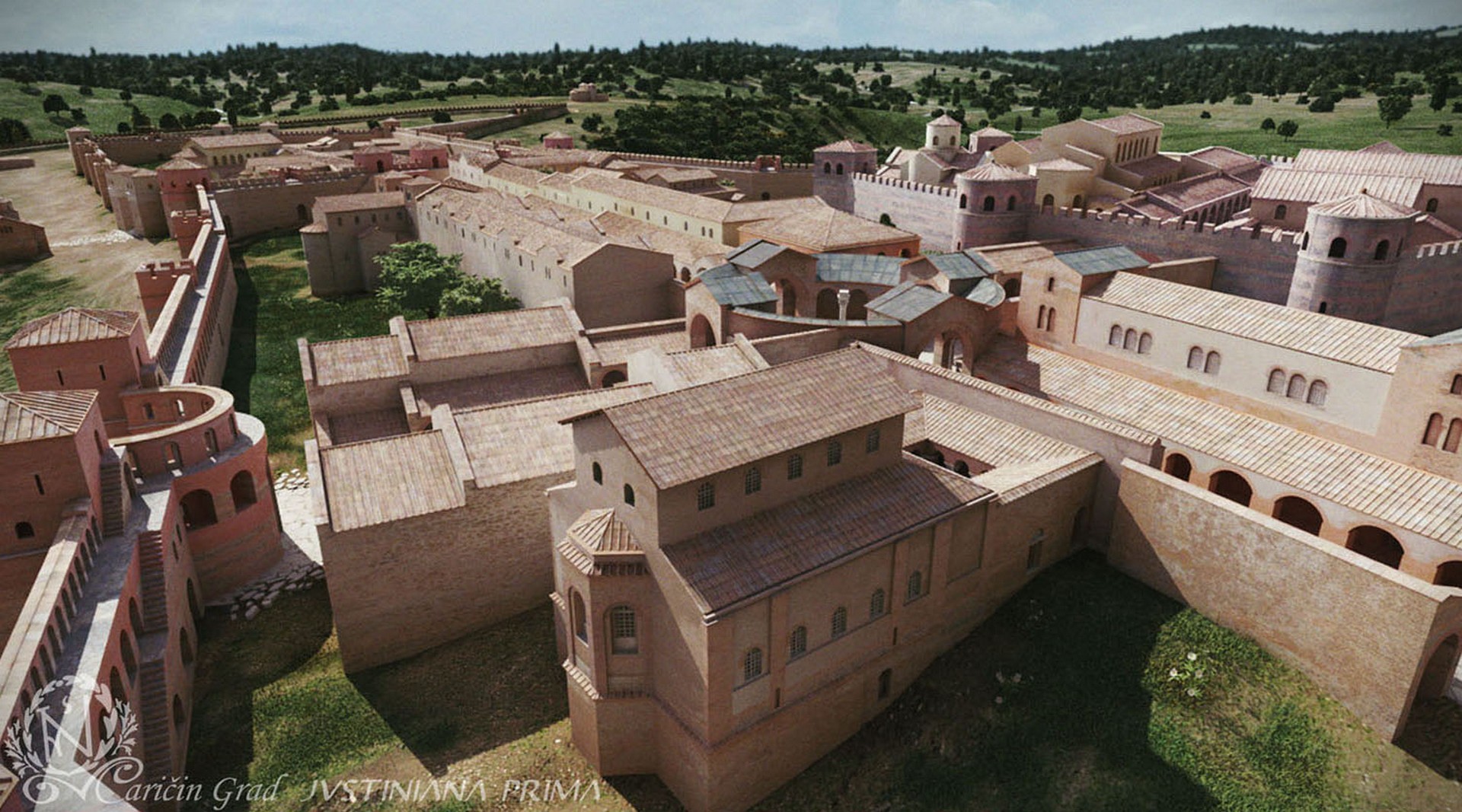
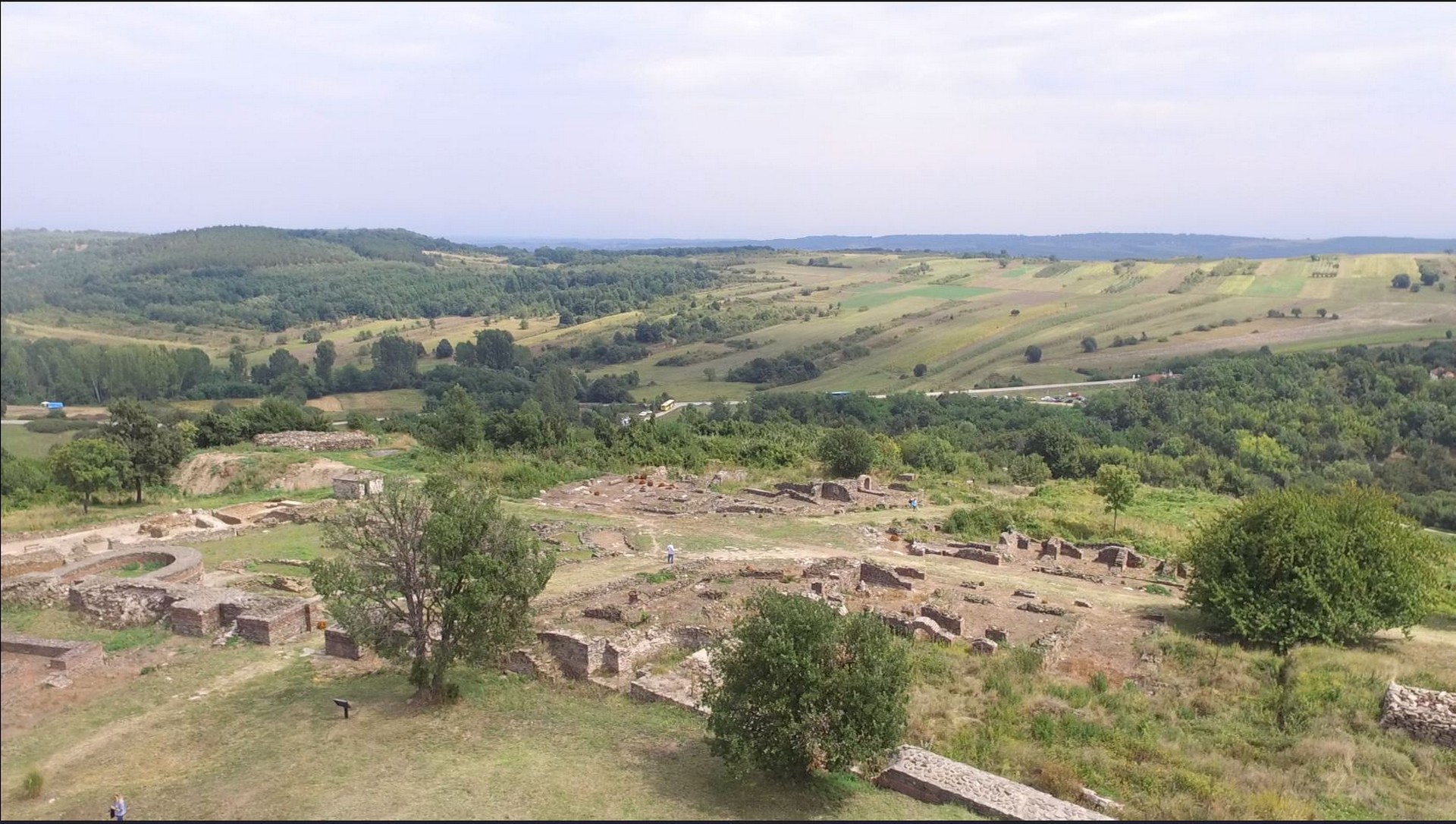
At the place where the city’s main streets intersect is the Circular square whose diameter is 22 meters. In the center of the Circular square a stone support is found on which once stood a statue of the emperor Justinian I, the founder of the city. Around the square are...
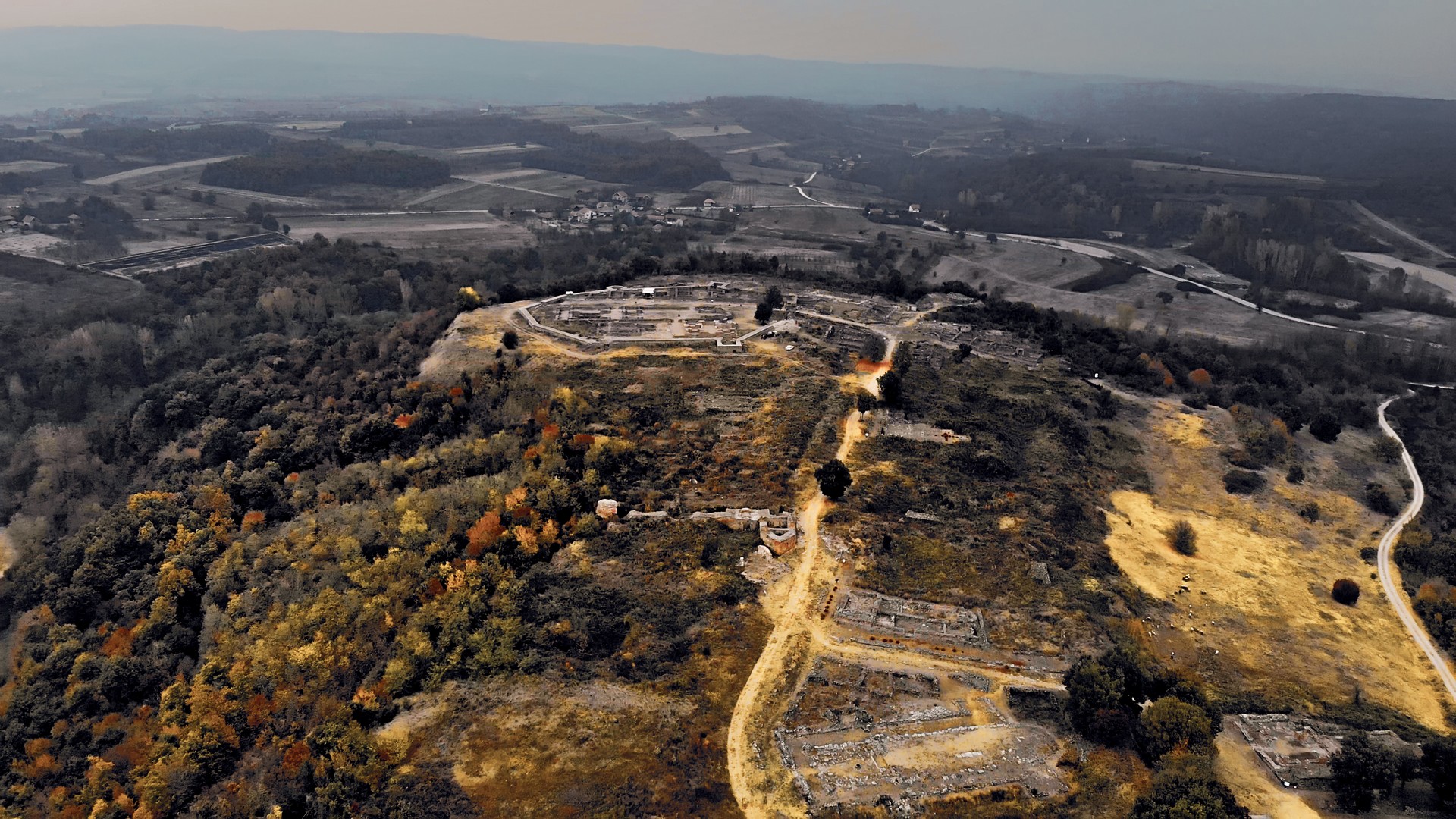
The main streets run from north to south and east to west, and a circular-shaped square is formed at the place where they meet. The street footpaths are covered over with porches. The width of the road in the streets varies between 6 and 7 meters.
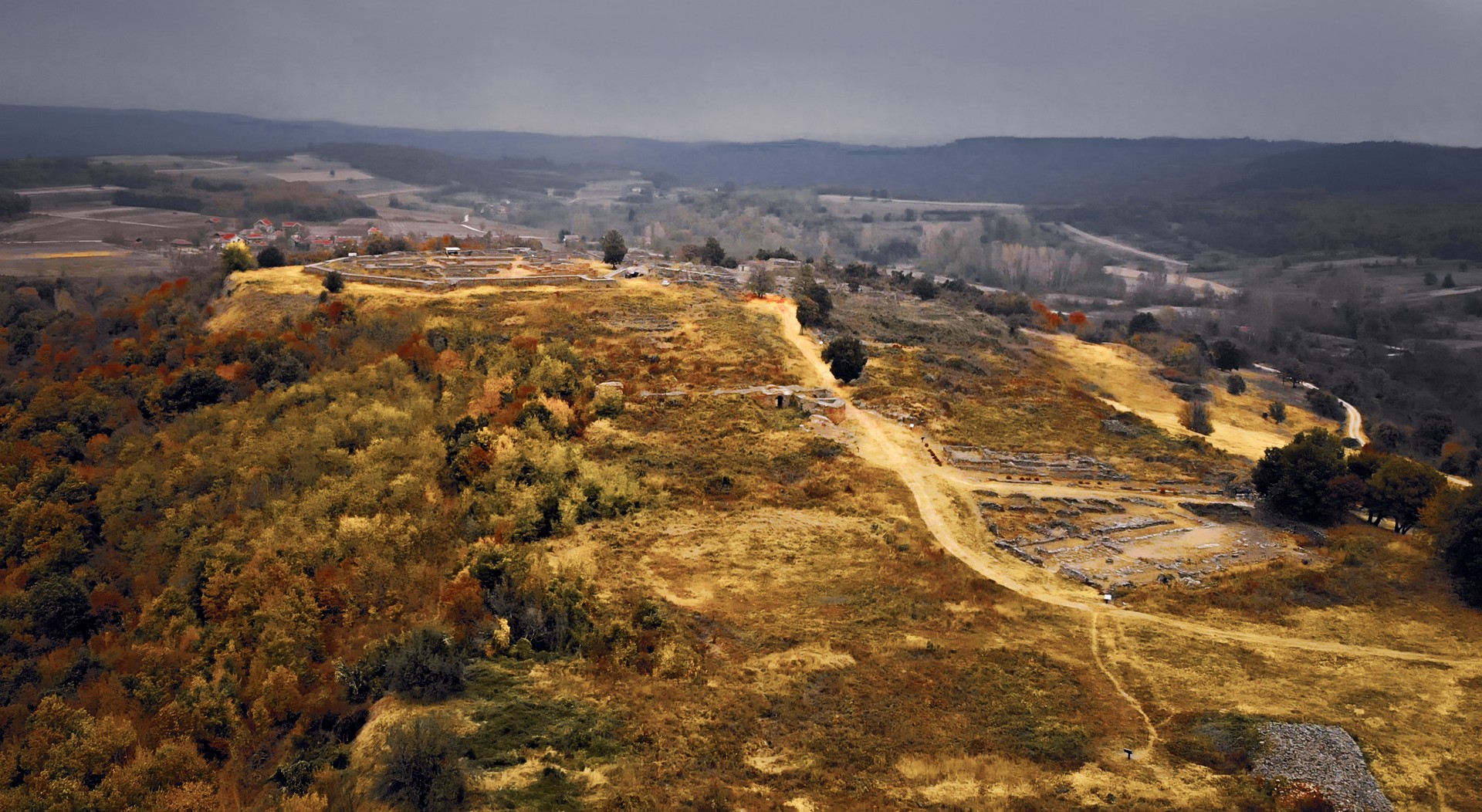
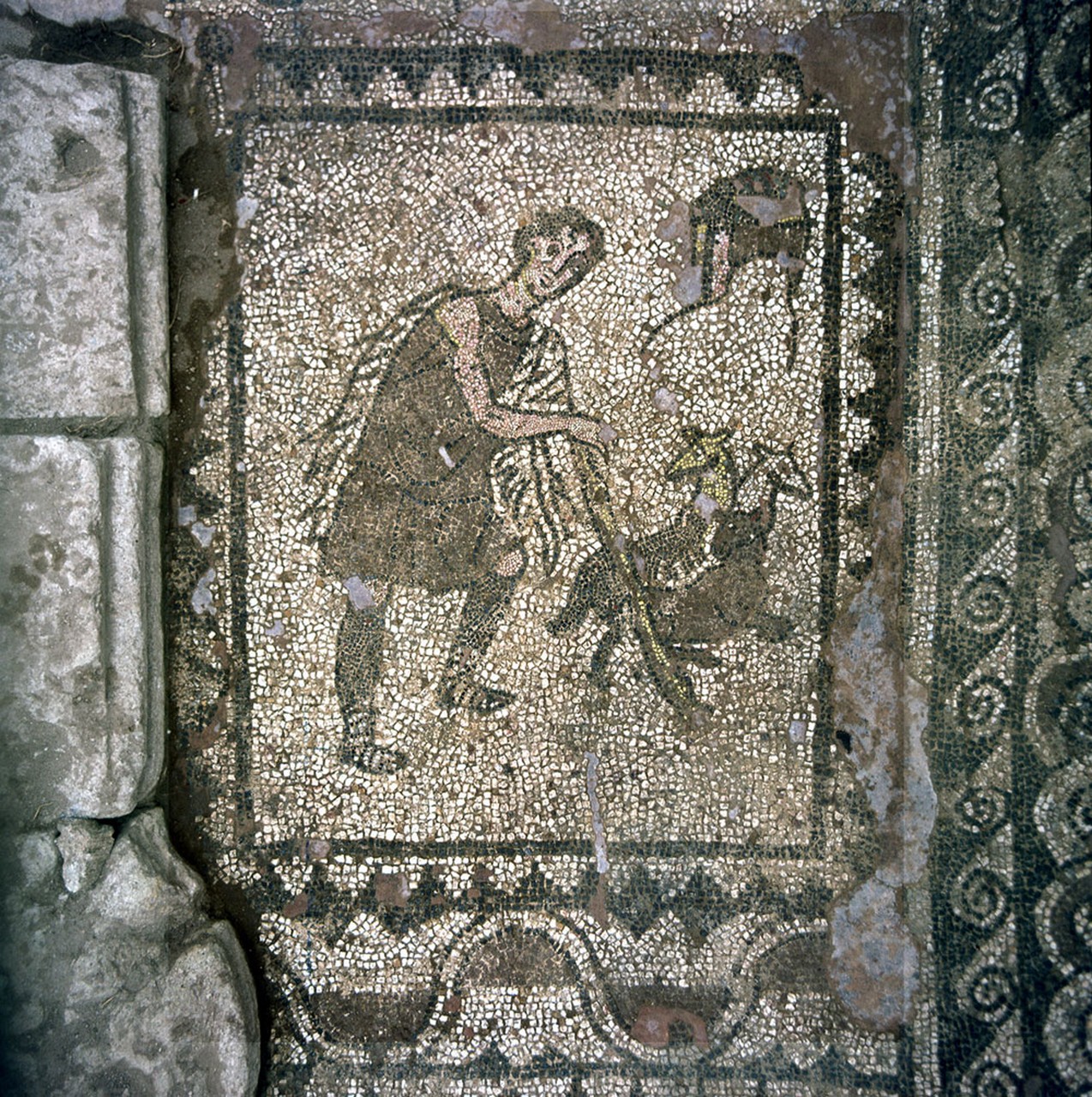
The second church according to size and importance in Justiniana Prima is the Basilica with a transept located in the Lower city, along the main street. It is a three-nave church with a courtyard and vestibule. The church interior was richly decorated with wall-based mosaics and frescos.